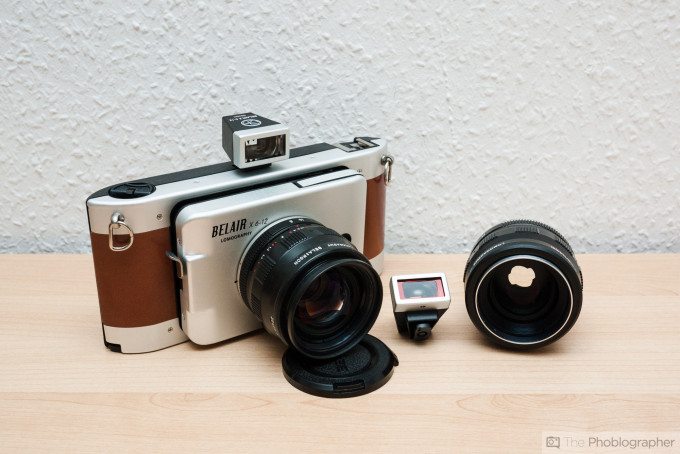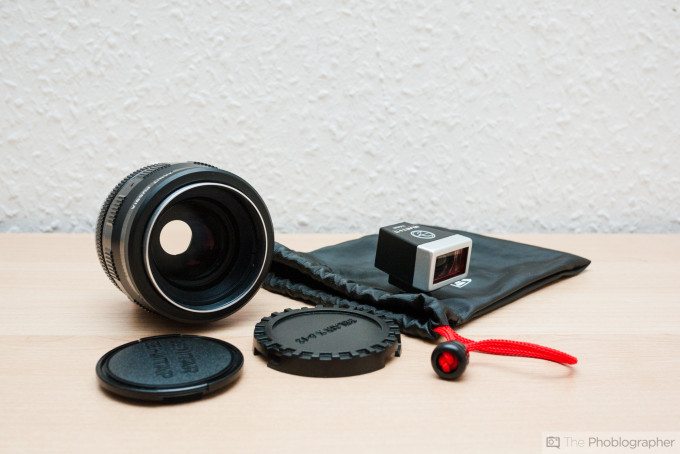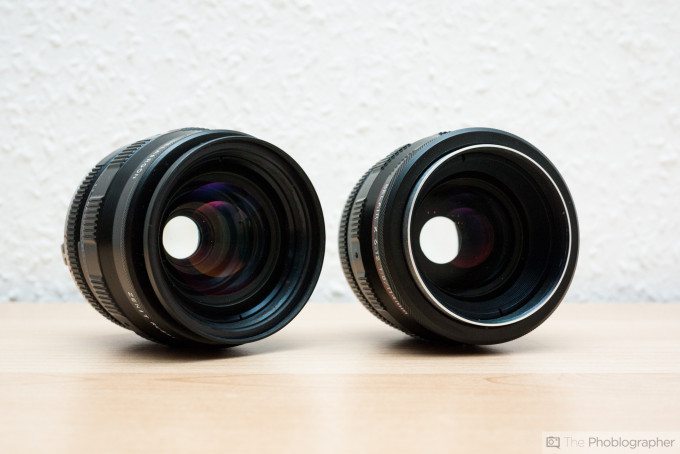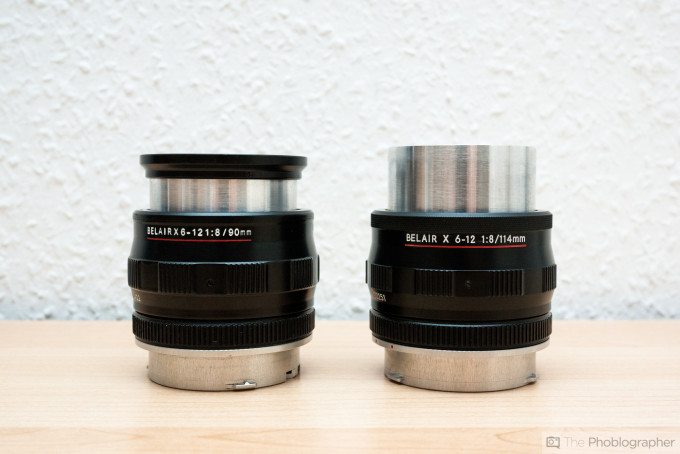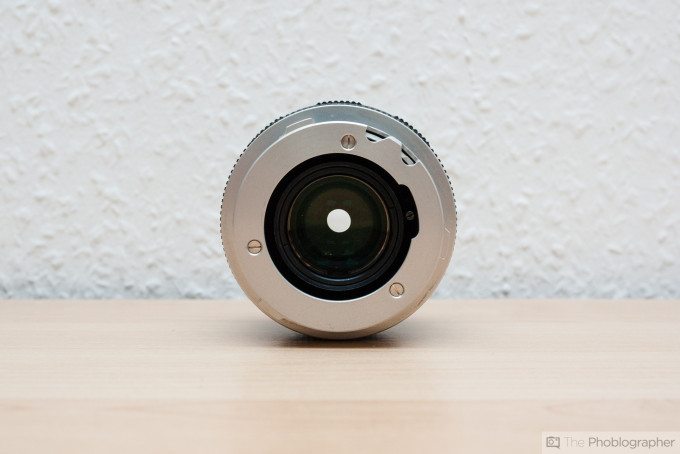When the Lomography Belair X 6-12 medium format panoramic camera first came out, the only lenses available were the 58mm and 90mm kit lenses, which are made from plastic. In our review, we mentioned that these are pretty weak in the corners, especially in 6×12 panoramic format, but nicely sharp in the center. A while ago then, Lomography announced the development of proper glass lenses, manufactured by Zenit in Russia. We recently go the 90mm and 114mm Belairgon lenses in for review, so here’s what we think about them.
Tech Specs
These are taken from Lomography’s production description pages (here and here.)
Belairgon 90mm Lens
- Lens material: Special multi-coated Russian Glass
- Lens Focal Length: 90mm
- Maximum Aperture: 1:8
- Minimum Aperture: 1:16
- Angle of View: 65 degrees (6 x 12)
- Standard 35mm equivalent Focal Length: 32mm (6 x 12), 40mm (6 x 9), 52mm (6 x 6)
Belairgon 114mm Lens
- Lens material: Special multi-coated Russian Glass
- Lens Focal Length: 114mm
- Maximum Aperture: 1:8
- Minimum Aperture: 1:16
- Angle of View: 65 degrees (6 x 12)*
- Standard 35mm equivalent Focal Length: 42mm (6 x 12), 52mm (6 x 9), 67mm (6 x 6)
* Well, no. Apparently, Lomo themselves made a mistake there. The a-o-v is closer to 55°, in fact.
Ergonomics
Both Belairgon lenses, which can each be purchased individually, come with their own pouch as well as front and rear caps. The 114mm lens come with its own accessory viewfinder, whereas for the 90mm you’ll use the one that comes with the Belair’s 90mm plastic kit lens.
The Belairgon lenses are both made of multiple coated glass elements, which you cannot only see, but also feel. They’re indeed quite hefty. The bodies are made of metal, and the lenses feel very solid in hand. Mounted to the Belair camera, they add quite a bit of weight, and if the folding mechanism doesn’t lock 100% tight, chances are the weight of the lenses will cause it to open when you point the camera down. Happened to me several times, probably due to the review unit of the camera having gone through so many different hands.
Viewed from the side, both lenses extend quite a bit when set to their respective close-focusing limits, the 114mm lens a little more than the 90mm lens. The focusing rings turn very smoothly. On the other side, both lenses show a distance scale as well as indicators for the f8 and f16 aperture settings.
The mount as well is made from solid metal on both lenses. It locks in place very tightly when mounted to the camera, and even needs a little force applied to turn it into and out of the camera-side lens mount.
Build Quality
Build quality on these lenses is excellent. The bodies are made from solid metal, as are the mounts. The lenses are very hefty thanks to that and the glass elements that their optics are made of. The focusing and aperture ring both turn smoothly, and no part of the lenses feels cheaply made or badly assembled. Lomography and Zenit did a great job on these.
Focusing
The Belairgon lenses are manual focus only, as are the Belair kit lenses. Unlike the kit lenses, though, focusing is very smooth on these, thanks to the all metal construction. What makes achieving proper focus difficult, though, is the fact that the Belair is a scale focusing camera, i.e. there is no focusing aid besides the distance scale on the lenses. That means that the correct focusing distance has to be guessed, which is not always accurate. In multiple cases, I ended up with out-of-focus images.
Image Quality
One thing we can say for sure is that these are a lot better than the plastic kit lenses. As to how much better, that’s something we cannot really comment on, due to the fact that the images in this review were all scanned with a cheap flatbed scanner, and not by a drum scanner in a lab (which would be able to convey the full quality of the medium format negatives as well as the lenses’ optics.)
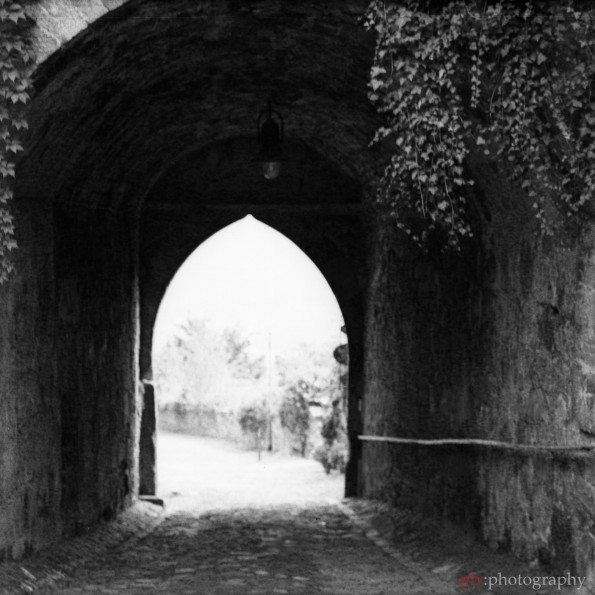
What is pretty evident, however, is how much sharper the Belairgon lenses are in the corners, where the plastic kit lenses would show a lot of smearing, especially in the 6×12 format. The Belairgon lenses also seem to do much better in terms of contrast compared to the kit lenses. We also appreciate that with the 114mm lens, there is a slightly longer focal length available now, which should be nice for taking portraits.
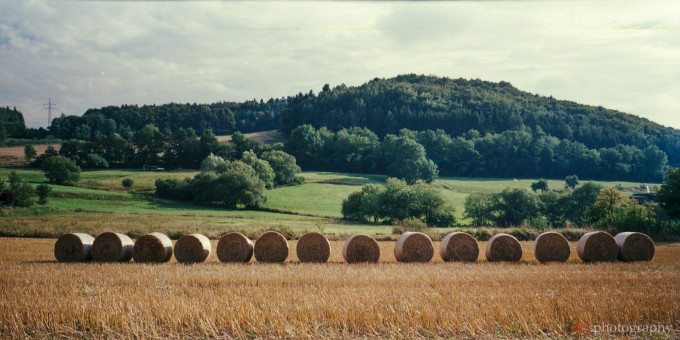
Additional Image Samples
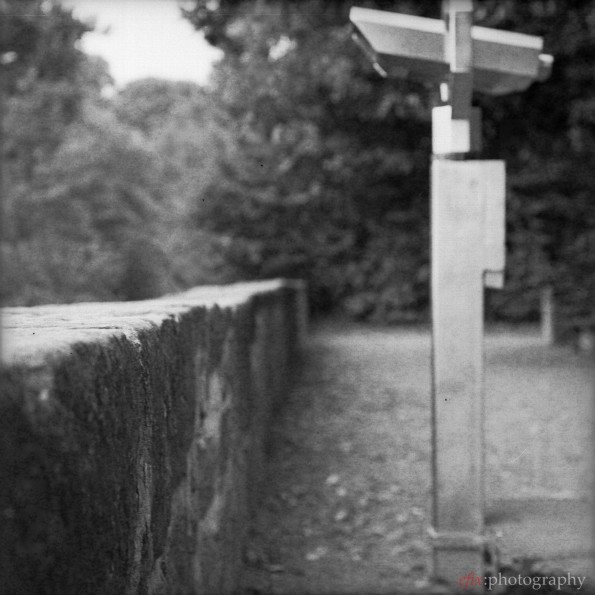
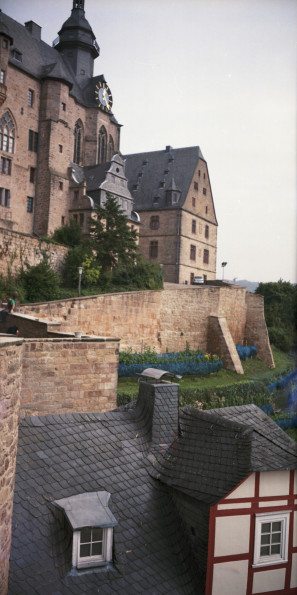
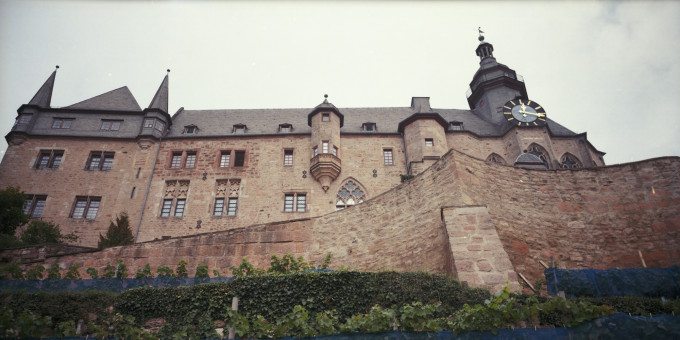
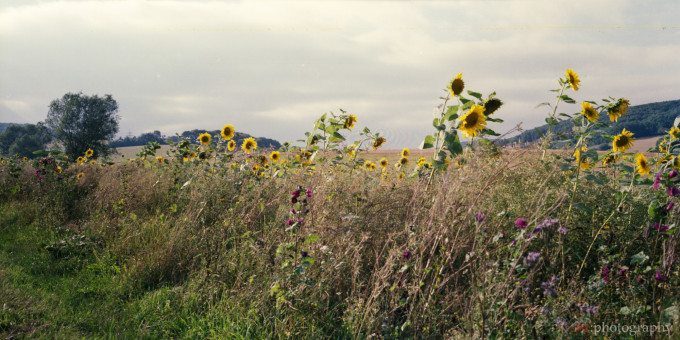
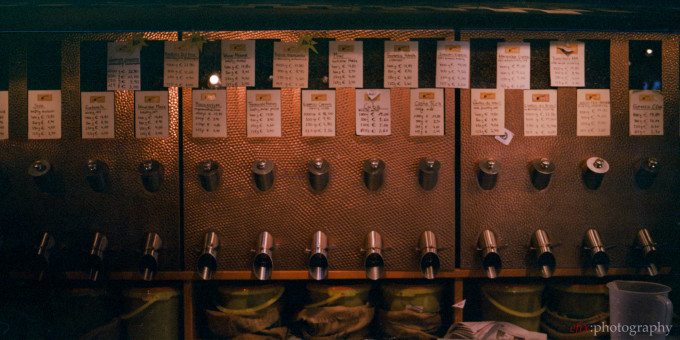
Conclusions
The Belairgon glass lenses are just what the Lomography Belair needed in order to be taken to the next level, away from the purely experimental hipster appeal. Even the more demanding photographers might now enjoy the camera, provided that they get along with it in the first place. Because the learning curve ultimately stays the same: the Belair is a camera that needs a lot of practice, as well as a good judgement of light. But in the right hands, we’re certain the Belairgon lenses will be able to produce pictures of amazing quality.
Please Support The Phoblographer
We love to bring you guys the latest and greatest news and gear related stuff. However, we can’t keep doing that unless we have your continued support. If you would like to purchase any of the items mentioned, please do so by clicking our links first and then purchasing the items as we then get a small portion of the sale to help run the website.
Also, please follow us on Facebook, Google+, Flickr and Twitter.


